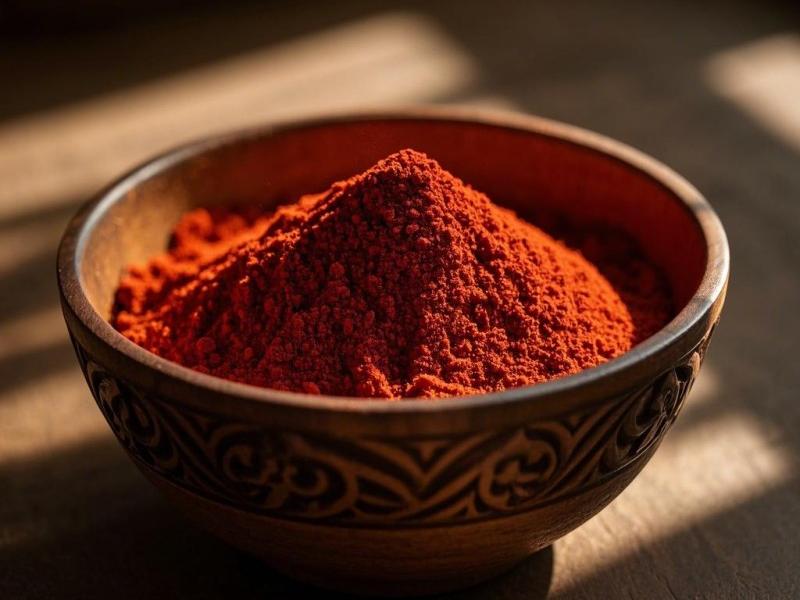動物栄養学におけるカロテノイドリコピンの研究
酸化ストレスは家畜や家禽の生産性と健康を深刻に脅かし、畜産業に大きな経済的損失をもたらしています。家畜や家禽の生産過程では、環境の変化、生理的変化、外因性病原性毒素(マイコトキシンなど)などの要因が酸化ストレスを引き起こし、動物の酸化還元バランスを乱すことがある。活性酸素(ros)や活性窒素(rns)の過剰な生産は、細胞脂質、タンパク質、dnaに不可逆的な損傷を引き起こし、動物の生理機能や生産能力に影響を与えます。
抗酸化物質の保護は、生物の抗酸化物質の防御のプロセスとして定義されています。体内の抗酸化物質は、主に2つのカテゴリーに分けられます。一つは、体内で合成され、もう一つは食物から得られます。高温、離乳、妊娠などの特殊な状況下で、外来性の抗酸化物質(植物由来のポリフェノールとカロテノイドなど)を補充することは、効果的に家畜と家禽の酸化ストレス状態を緩和し、酸化損傷を減少させ、家畜と家禽の健康と生産能力を向上させることができます。
抗生物質耐性と残留物は、動物の生産、人間の健康、環境の持続可能性に悪影響を及ぼします。欧州連合(eu)は06年、働物飼料の飼料添加物に抗生剤を使用することを禁止し、中国は20年7月、動物飼料に抗生剤を使用することを正式に禁止した。そのため、自然で、緑で、安全な抗生物質の代替品を開発することが急務となっている。
Lycopene (C40H56) is a carotenoid that is a natural pigment in plants, mainly found in fruits and vegetables such as tomatoes, carrots, watermelons, and pomegranates. Lycopene has been listed as a nutrient and food additive in many countries and is widely used in food, medicine, cosmetics, agriculture, and other fields. Lycopene contains two non-conjugated double bonds and 11 conjugated double bonds in its structure, and its chemical structure gives it the greatest antioxidant capacity. Lycopene&#強力な抗酸化物質としての39の役割は、抗炎症、抗がんおよび低血糖潜在力、心血管保護、および神経生物学的および降圧効果を含む、その健康促進効果のための基礎である。リコピンは、家畜や家禽の機能性飼料添加物として使用することができることを示す研究が増えており、生産性、肉の品質、卵の品質、抗酸化特性、免疫機能、脂質代謝および腸の生理機能を改善することが報告されています。
リコピンの構造、吸収、生物学的機能
1. 1.リコピンの源と構造
豊富なカロテノイド類の中で、食品には約60種が存在し、人体や動物の血液や組織からはわずか20種しか検出できません。その共役結合(少なくとも7)のために、彼らは主に黄色と赤、食品の色を与えます。異なる大陸と区別する構造2カロチノイド色素の集団の場合:カロチノイド色素(αていますリコピン-carotene、β-carotene、等)とxanthophylls(ルテイン、アスタキサンチン、canthaxanthinなど)。
Lycopene was discovered in tomatoes in 1876 and was named after the scientific name Lycopersicon esculentum 27 years later. Lycopene is widely found in tomatoes and also in vegetables and fruits such as carrots, sweet potatoes, pumpkins, watermelons, apricots, papayas, grapefruit and guavas. The main source of lycopene is tomatoes (80%), which are the main source of lycopene extraction and also the cheapest ingredient. The lycopene content of tomatoes varies greatly, depending on factors such as variety, maturity, climate and geographical location of cultivation. The technology for extracting lycopene from raw materials usually includes chemical extraction, microwave and ultrasound-assisted extraction, supercritical fluid extraction and enzyme-assisted extraction. A variety of biotechnologies have been developed for the large-scale production of lycopene, among which microbial fermentation is a typical traditional biotechnology in the production of lycopene. In addition, modern biotechnology, including genetic engineering, protein engineering and metabolic engineering, has also been applied to the production of lycopene.
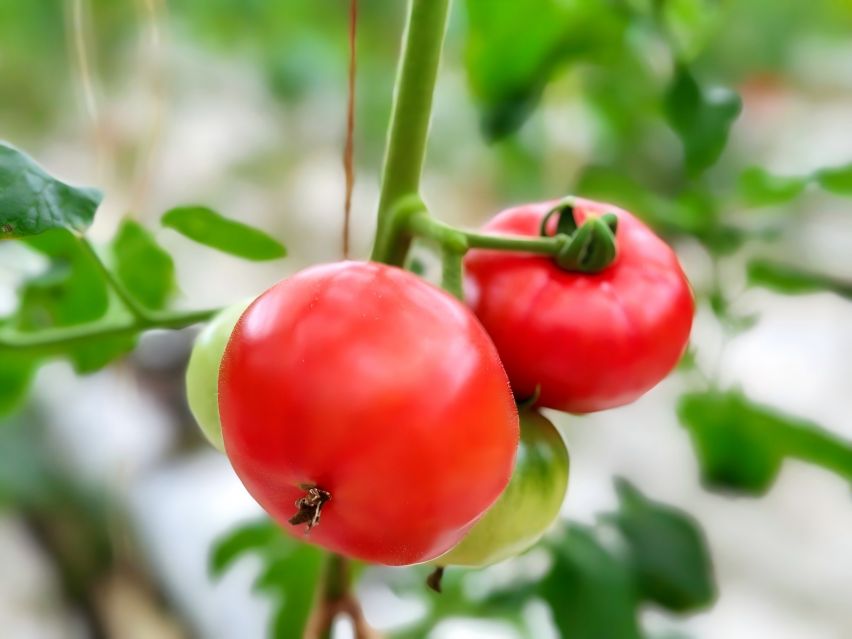
ほとんどのカロテノイドとは異なり、リコピンは線形構造を持つ。リコピンは13本の二重結合からなるポリエン鎖であり、そのうち11本は線形配列で共役しており、他のカロテノイドよりも長い。リコペンは、細長い針状結晶として自然界に存在する赤色の蝋状色素である。リコピンは脂溶性, insoluble in water, and soluble in benzene, chloroform and acetone. Lycopene occurs in nature mostly in the all-trans configuration, which is relatively stable, but at least 50% of the cis isomers are found in human blood plasma and tissues. The common forms are the 5-cis, 9-cis, 13-cis and 15-cis isomers, which indicates that the cis isomers are more readily absorbed and utilized by humans and animals. Food processing is actually a value-adding step, because after heat treatment, more lycopene becomes more bioavailable. If tomato juice is exposed to cooking temperatures, cis isomers are formed, which are considered to be more bioavailable. The double bond of lycopene can be isomerized from all-trans to mono- or polycis under the influence of light, temperature or chemical reactions. Lycopene is acyclic, has a symmetrical planar structure and is particularly susceptible to oxidative degradation as a highly conjugated polyene. Physical and chemical factors such as high temperatures, exposure to light, oxygen, extreme pH values and molecules with reactive surfaces can damage the double bond of lycopene. The undesirable degradation of lycopene not only affects the sensory quality of the end product, but also the health benefits of tomato-based foods for humans and animals.
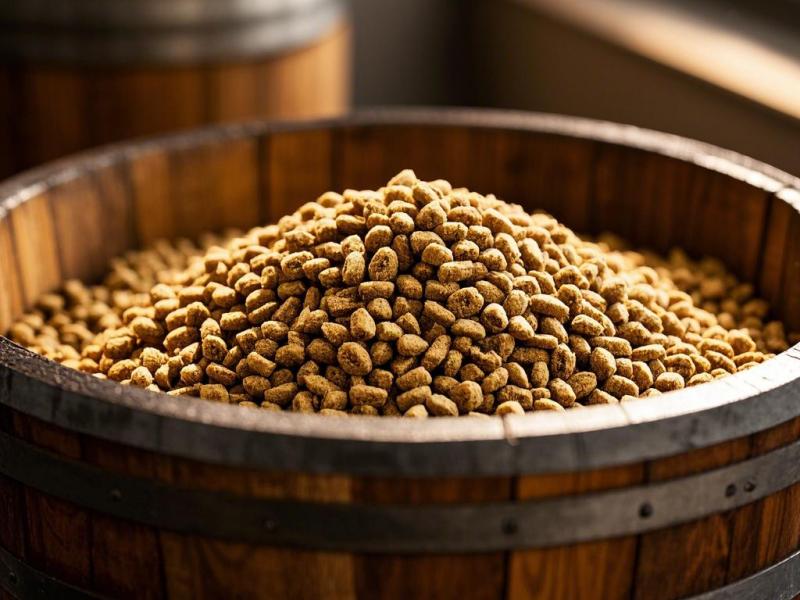
1.2. リコピン吸収
リコピンは、人間の血中濃度が最も高いカロテノイドであり、平均濃度は栄養習慣に依存する。吸収の面では、最も広く研究されていますβ-caroteneリコピンや他のカロテノイドではなくはさらなる研究が必要と、さまざまな要因のβ-carotene吸収に同じような効果があるの可能性があるトマトの红素です。他のカロテノイドと同様に、リコピンは食物マトリックスに組み込まれており、ヒトや動物に効率的に吸収されることはない。リコピンは脂質と同様の方法で、主に受動拡散によって吸収される。食物マトリックス中のリコピンは、胃酸、胆汁酸、酵素の働きによって放出されます。腸に入ると、脂質と結合してカイロミクロンを形成し、拡散と浸透を経て腸間膜リンパ系に入り、最後に門脈循環に入る。これは、消化管からのリコピンの吸収の主な経路である。
食物マトリックスから放出された後、摂取されたリコピンは乳化され、カイロミクロンで溶解されてから腸粘膜に吸収される。リコピンは輸送タンパク質輸送体b型1 (tbp-1)によっても吸収される。スカベンジャー受容体b型1型輸送体は、主に小腸、肝臓、副腎、卵巣、胎盤、腎臓、前立腺、脳に存在し、カロテノイドをリポタンパク質から組織へ、組織から組織へ輸送する役割を担っている。リコピンは食事を通じて供給され、消化管で10 ~ 30%消化されます。リコピンとその代謝物は、低密度リポタンパク質と超低密度リポタンパク質を介して放出・輸送され、最終的に標的組織に分布する。これらは体内を循環し、精巣、副腎、肝臓、前立腺、脂肪組織に優先的に蓄積する。このような分布は、これらの組織に特異な生物学的機能を有しており、例えば肝臓での脂質代謝を調節していることを示唆している。
1.3. リコピンの生物学的機能
リコピン粉アスタキサンチンに続くカロテノイドの中で最も強力な抗酸化物質の一つです。他の抗酸化物質として、α-tocopherolカロチン、cryptoxanthin、zeaxanthin、β-caroteneルテイン。リコピンは強力な抗酸化物質であり、健康増進効果の基礎となっています。最も豊富カロチノイド色素プラズマ人間も多いβ-carotene、α-carotene、β-cryptoxanthin、ルテインゼアキサンチンとリコピンですこれらの6つの主要なカロテノイドは、ヒトの血漿および組織中のすべてのカロテノイドの70%を占めている。生物学的機能の面では、リコピンは主に一重項酸素とペルオキシルラジカルのスカベンジャーとして働きます。Lycopene'のユニークな二重結合構造は、人間と動物のペルオキシルラジカルの両方を掃いで他のカロテノイドよりもはるかに優れています。リコピンはβ-カロチンの2倍、α-トコフェロールの10倍の活性を持ち、一重項酸素(rosの一種)を吸収する。リコピンの活性物質への作用機構は、付加物の形成、フリーラジカルへの電子移動、アリル水素の抽出の3つの機構によって説明できる。その中で、フリーラジカルはポリエン鎖、すなわちリコピンの高共役二重結合に結合し、リコピン-ペルオキシルラジカル付加体を形成します。
活性酸素の中和に加えて、リコピンはnad (p) h:quinone oxidoreductase (heme oxygenase 1)をコードする遺伝子の発現を活性化する。グルタチオンレダクターゼとグルタチオンs-トランスフェラーゼは、フリーラジカルを除去し、炎症の損傷を軽減するのに役立ちます。これらの酵素は、抗酸化および解毒酵素と考えられており、第ii相細胞保護酵素としても知られています。これらの酵素をコードする誘導性遺伝子のプロモーター領域は、nrf2に結合することでこれらの遺伝子の発現を増加させる。nrf2 / areシグナル伝達経路は重要な内因性抗酸化物質防御機構である。リコピンは主に抗ストレス剤として働き、酸化ストレスを緩和し、nrf2 / are転写系を起動させることによって家禽の健康を維持する。keap1はnrf2遺伝子の特異的受容体である。リコピンはnrf2 / keap1の結合をブロックしてnrf2を放出し、それが細胞核に輸送され、第ii相細胞保護酵素の発現を促進する。さらに、研究の増加は、リコピンが抗炎症、抗がん、抗糖尿病の可能性を持っていることを示しています。リコピンはまた、心血管保護作用、神経生物学的作用、血圧降下作用、抗血小板凝集作用があることが示されている。
2. リコピンを家畜の栄養に応用する
2.1. 生産性への影響
Sun et al. reported that a daily supplement of 50 mg/kg lycopene during gestation and lactation can improve the reproductive performance of sows, including an increase in the rate of live piglets born, the rate of live piglets weaned, the birth weight of litters, the weight of litters weaned, and a reduction in the rate of dead piglets born. The final conclusion was that lycopene can improve the reproductive performance of sows by regulating milk composition, placental immunity and antioxidant capacity. During the fattening period, dietary lycopene supplementation does not affect animal production performance. Fachinello et al. that various lycopene additive levels (12.5, 25, 37.5 and 50 mg/kg) did not affect the growth performance of finishing pigs, and that feeding finishing pigs 12.5, 25, 37.5 and 50 mg/kg of lycopene did not affect their carcass characteristics or relative organ weights.
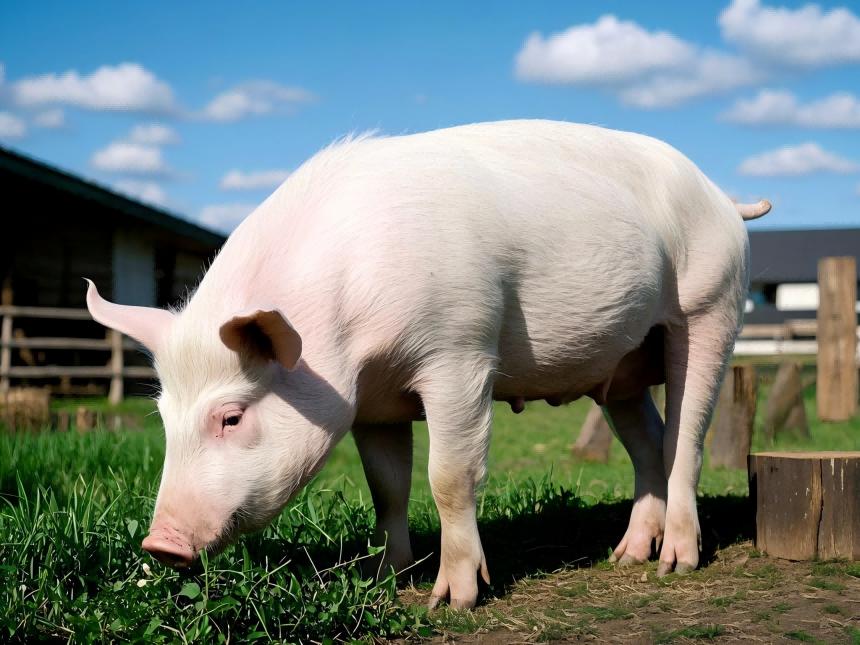
ニワトリの栄養研究では、28日間で20 mg/kgのリコピンまたは1.7%のトマトペーストが、hy-line brown ensの卵の重量と卵の生産量を増加させることが示された。wanらは、10、20、30 mg/kgのリコピンがブロイラーの一日平均体重増加を増加させることを示した。しかし、leeらの研究では、トマトペーストをリコピン源として使用した場合、10または20 mg/kgのリコピンまたは17 g/kgのトマトペーストを含む食事で、ブロイラの成長性能および相対的な臓器重量に対する肯定的な効果は観察されなかった。リコピンは、動物のストレス状態(例えば熱ストレス)やマイコトキシンの飼料汚染下で、成長促進効果を持つことが示されている。熱ストレス状況のなかで、0に加え、200及び400 mg / kgリコピン42日間連続も示す線形の成長性能を向上させるロス308農場の鶏は、累積用の輸入飼料用原料からも増加摂取としていることから、超えていたり、体重の増加の飼料転換率減った。Sarkerら挑戦にアフラトキシンB1を、えさのある状況下リコピンの< 100 mg / kg増え平均体重農場の鶏は生後1 ~ 12日で、リコピン200のmg / kg及び400あまりのmg / kg増え平均体重農場の鶏は22日からは生後42年1 ~ 42日で。
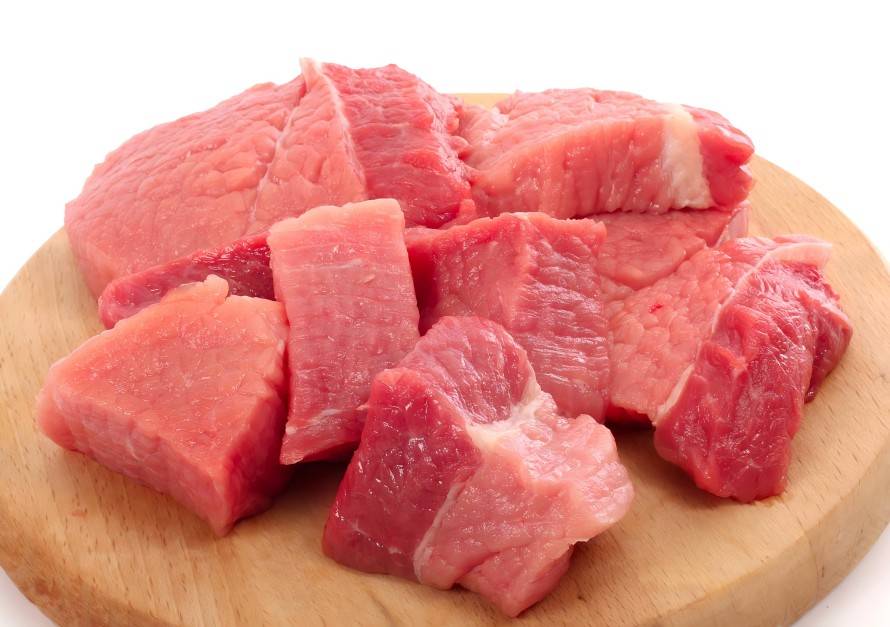
2.2. 肉の品質と卵の品質に影響を与える
リコピン-天然の飼料添加物, has attracted widespread attention in animal production for improving meat and egg quality. Wen et al. reported that the addition of lycopene to the diet improved the meat quality of finishing pigs, including a decrease in L* and b* values, an increase in a* values, and an increase in intramuscular fat and crude protein content in the longissimus dorsi muscle. Lycopene was also shown to promote the conversion of muscle fibre types in pigs, which is important in determining meat quality. In the study by Wen et al., the addition of lycopene resulted in an upregulation of mRNA levels of myofibrillar markers such as cytochrome c, myosin heavy chain IIa and myosin heavy chain IIx in the longissimus dorsi muscle of finishing pigs. Lipid oxidation can have a negative impact on the colour, nutritional value and flavour of meat as well as its shelf life. Wen et al. also showed that the addition of lycopene improved the antioxidant status of the longissimus dorsi muscle of finishing pigs, as evidenced by increased total superoxide dismutase and catalase activities, reduced MDA levels, and up-regulated mRNA levels of SOD1, SOD2, CAT, GPX1, GST, GR and Nrf2 (all of which are oxidative stress response factors). Similar results were reported by Correia et al., who observed improved oxidative stability in the longissimus dorsi muscle of piglets after feeding 5% tomato pomace for 5 weeks. However, An et al. found that the addition of 20 mg/kg lycopene + 3.4% tomato paste or 10 mg/kg lycopene + 1.7% tomato paste to the feed had no effect on the fatty acid composition of the abdominal meat of finishing pigs in a 28-day feeding trial.
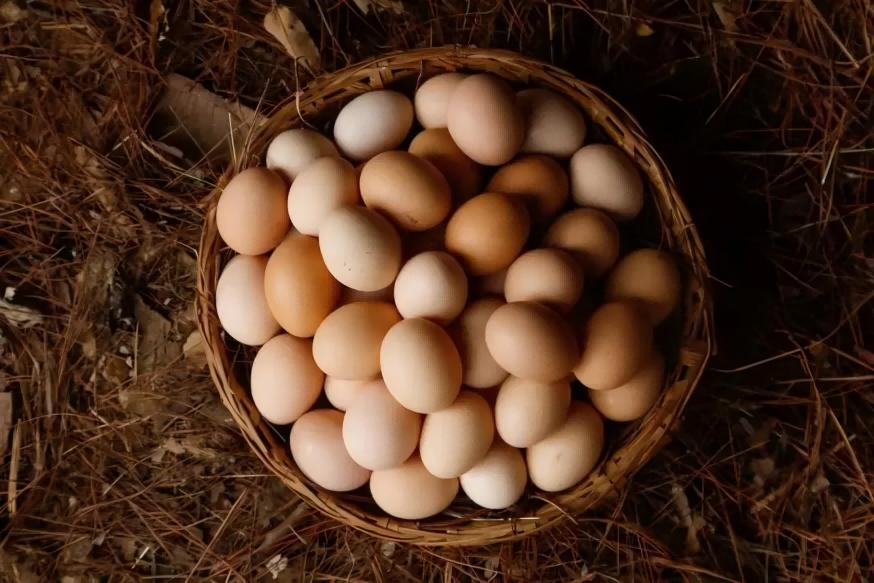
卵の品質に関して、shevchenkoらは、90日間飼育された高系統のw36雌鶏の餌にリコピン(20,40,60 mg/kg)を添加すると、卵の品質が向上し、4°cと12°cに保存された新鮮な卵と卵のカロテノイド濃度と卵黄の色が増加したことを示した。orhanたちは、ローマンlsl鶏に20 mg/kgのリコペン純粉末またはトマト粉末を84日間投与すると、卵重量、卵黄色、卵黄重量、卵黄対卵比、卵黄リコペン濃度が上昇し、卵黄のmdaとコレステロール濃度が低下することを示した。anらの研究では、飼料に10 mgと20 mg/kgのリコピンを28日間添加すると、卵黄の色とリコピン濃度が上昇し、hy-line褐色の卵のmda濃度が低下した。


 英語
英語 フランス
フランス スペイン
スペイン ロシア
ロシア 韓国
韓国 日本
日本